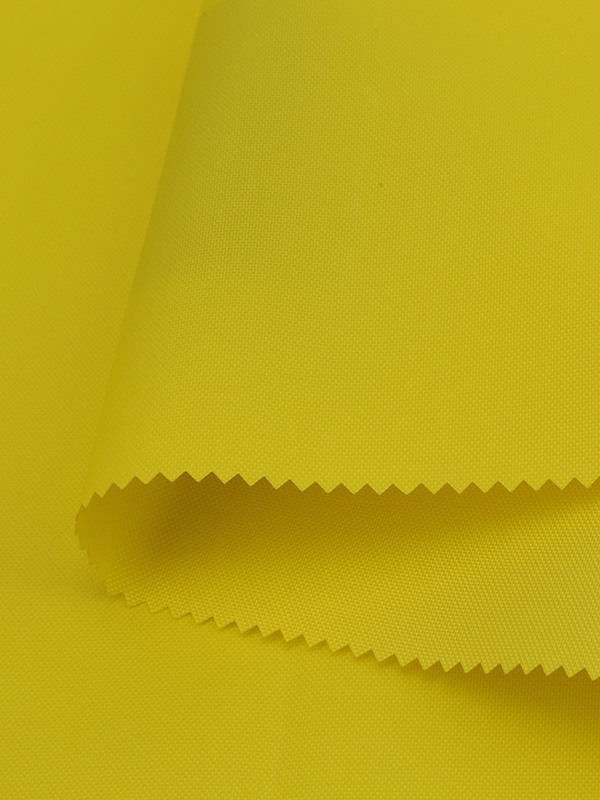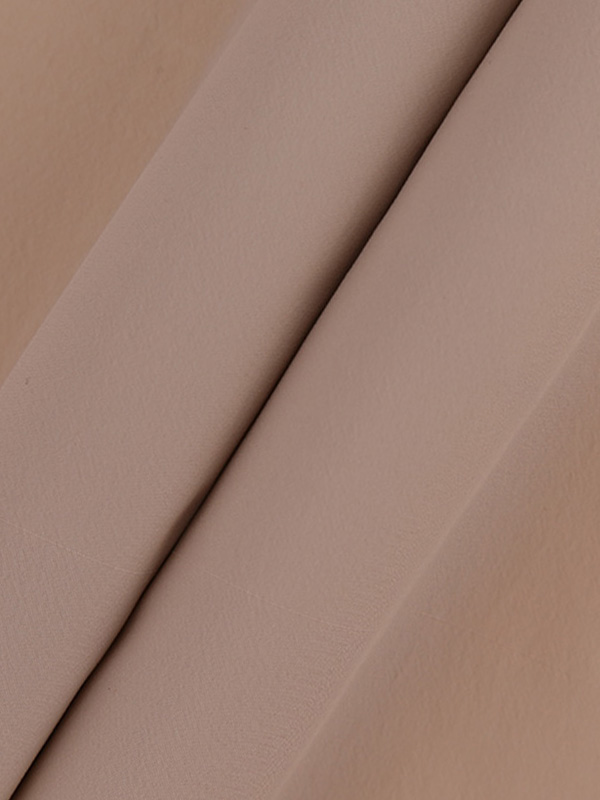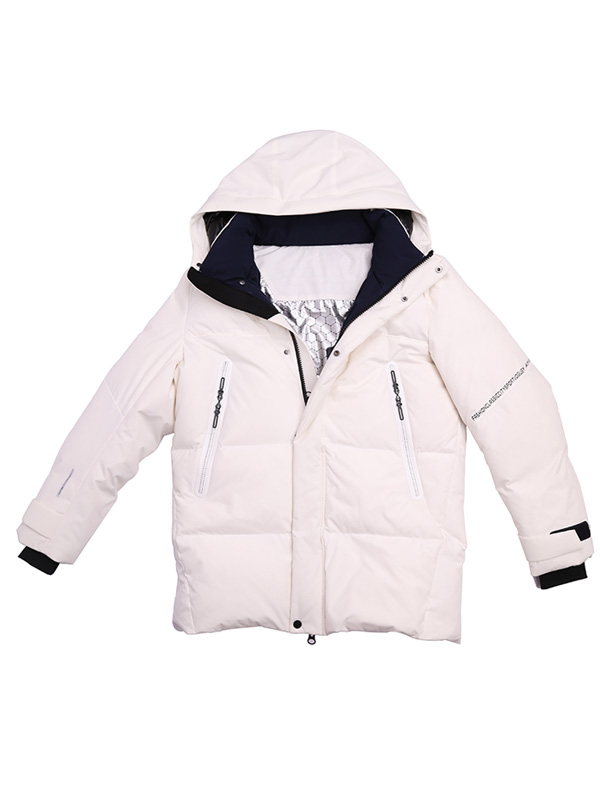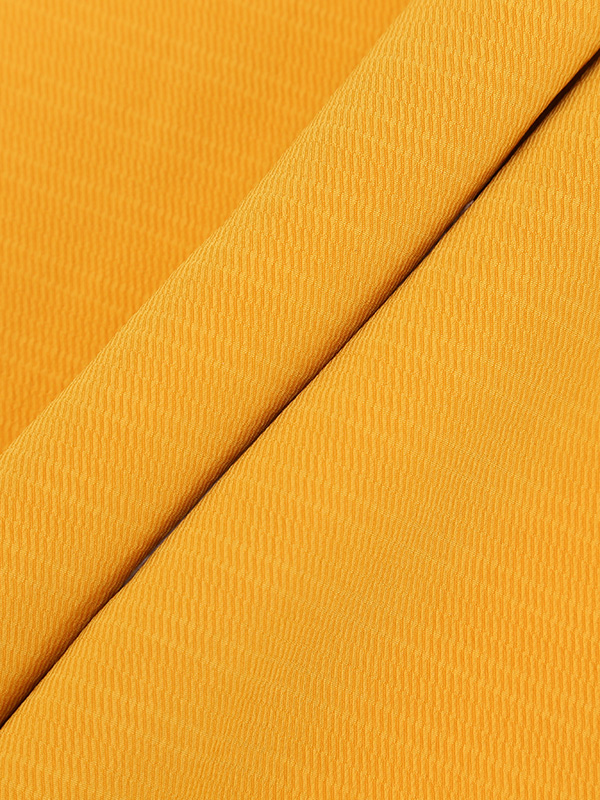The difference between nylon fabric and non-woven fabric
These are two different fabrics, which are used in different occasions according to their respective functions.
Nylon cloth refers to the cloth woven with polyamide fiber (nylon), which is called long fiber or short fiber. Its outstanding advantage is that its abrasion resistance is higher than that of all other fibers, which is 10 times higher than that of cotton and 20 times higher than that of wool. Adding some polyamide fibers in the blended fabric can greatly improve its abrasion resistance; When stretched to 3-6%, the elastic recovery rate can reach 100%; it can withstand tens of thousands of flexes without cracking.

Non-woven fabrics are made of polyester, polypropylene, nylon, spandex, acrylic, etc., different chemical fiber raw materials, the fibers are formed into a net by air flow or machinery, and then reinforced by hydroentanglement, needle punching, or hot rolling, and then finished. fabric. A new type of fiber product with a soft, breathable and flat structure, the advantage is that no lint occurs, it is strong, durable, and silky soft, and it is also a kind of reinforcing material, and it also has a cotton feel. Compared with cotton fabrics, non-woven Cloth bags are simple to form and inexpensive to manufacture. Because it has no warp and weft threads, it is very convenient to cut and sew, and it is lightweight and simple to shape, which is very popular among craft lovers.
Nylon cloth is a cloth made of nylon material, which refers to the material for making cloth.
Non-woven fabric refers to the process of making cloth.
The general production process of textile fabrics is to first use fibers (including natural fibers such as cotton, hemp, etc. and short fibers such as nylon, polyester, etc.) to spin, and the spun silk is then woven into cloth. The production process of non-woven fabrics is: cut fibers (whether natural fibers or constituent fibers are the same) into small pieces, and then not through the process of spinning, the fiber fragments are spread into sheets, which are compacted, reinforced, and reinforced. Wait for the process to form the cloth.
Therefore, nylon cloth has textile fabrics (generally called nylon) and nylon non-woven fabrics.
And non-woven fabrics are also divided into cotton and linen non-woven fabrics made of natural materials and non-woven fabrics composed of fibers.


 English
English Chinese
Chinese



